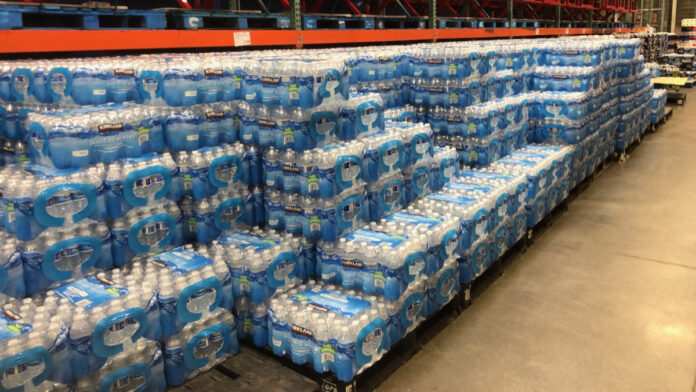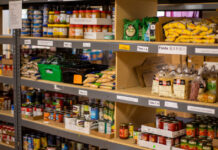I read an article in the Wall Street Journal today spurred by the failure of the Jackson, Miss., municipal water system. The article pointed out the vast majority of water systems country-wide are in no better shape. Among other problems, the water purification systems built after passage of the 1972 Clean Water Act are nearing the end of their 50-year lifespan. Most municipal water systems are spending their budget on patching leaks and repairing breaks rather than replacing old pipes and equipment. Some systems have such bad leaks they lose up to half their clean water before it ever reaches the customer.
As you can imagine, higher water bills will be required to fix the problem and replace old equipment.
The article is a good reminder of two things: first, deteriorating infrastructure is another reason to leave the city and move to the country, and second, it’s an example of why it is important to be more independent. Any preps you make to provide water during and after a large-scale SHTF incident should also work during a municipal water outage.
If Jackson residents had their own rain-water collection system, for example, they could use that water to flush their toilets. The city is giving out bottled water, but it takes quite a few 16-ounce bottles to fill the back of your toilet tank. That’s why we store water in 5-gallon containers (the equivalent of 40 16-ounce bottles) and have a 55-gallon water barrel in our garage.
If you aren’t doing the same, you should start. A quick trip down the camping aisle of Walmart or a sporting goods store should net you a couple of plastic five-gallon water containers with spouts. A 5-gallon bucket works, too.
Fill Your Containers
I am reminded of a recent video from SouthernPrepper1. A viewer said she had bought 5-gallon water containers like he recommended and wanted to know when to fill them. His answer was, “Today.” You never know when you might need your stored water.
As we head into the heavy part of the Atlantic hurricane season, today is a good day for anyone on the Gulf Coast or the East Coast to fill their water containers. While Hurricane Danielle and Tropical Storm Earl are unlikely to affect land, their presence shows that the hurricane season is heating up. I doubt we will make it through September without at least one storm making landfall.
For those not in an area threatened by hurricanes, it’s still a good time to check your water preps and make sure your generator, if you have one, is in working order. Tornadoes, floods and other weather events can happen anywhere with little or no warning.
Strive to Become Utility Independent
As part of your preps, I recommend you do whatever possible to become less reliant on the utilities because there may come a day when the utilities go out. I’m not suggesting that you go off grid, although that is an excellent if expensive option, but that you have backups in place. For example, having a generator is an example of being less dependent on the electric utility. If the power goes out, you can have most of the comforts of home by firing up the generator.
I want to differentiate between being totally off grid and having the ability to operate independently for a limited period of time or at a degraded level. Being off grid means you have no connection to the grid and live life every day using your own utilities. When you are off grid, you are your own utility provider. If the grid fails, you don’t notice. For example, our water supply is off grid and uses gravity to provide pressure. We don’t need the electric company or a water company to have water.
Being utility independent means your home is attached to the grid but you can continue to function, at least for a while, in the grid goes down. For example, we can heat with our heat pump, but we choose to heat with wood. We are utility independent in that we would still be warm if there was no electricity. Of course, at some point, we need to chop more wood.
If you are aiming to become utility independent, I would target at least one week’s worth of independence. In most “normal” interruptions—such as a blizzard, ice storm, hurricane, earthquake, etc.—you can expect some kind of outside assistance within a week. Ten days or two weeks would be better. The ability to remain independent indefinitely would be best, of course, but things like your budget and fuel storage may limit you.
The Price You Pay
When I heat my house using electricity, I get a monthly bill. When I heat it with firewood, I have to source the firewood, allow it to dry, and store it. During the winter, we carry firewood into the house two or three times per week and stock the stove multiple times per day. We can’t just program the thermostat and forget it. The trade-off for using firewood is we pay about one fourth the cost but have to do our own work. Of course, it guaranteed us warmth this winter, regardless of what the price of gas goes to or if there are power outages.
As inflation hits and energy prices rise, you may want to explore opportunities to spend your time and energy rather than your dollars. Whether that’s chopping wood, carrying water, or riding a bike instead of a car, it’s a trade-off. It’s up to you to determine at what point the trade-off between your effort and your money becomes worthwhile.







